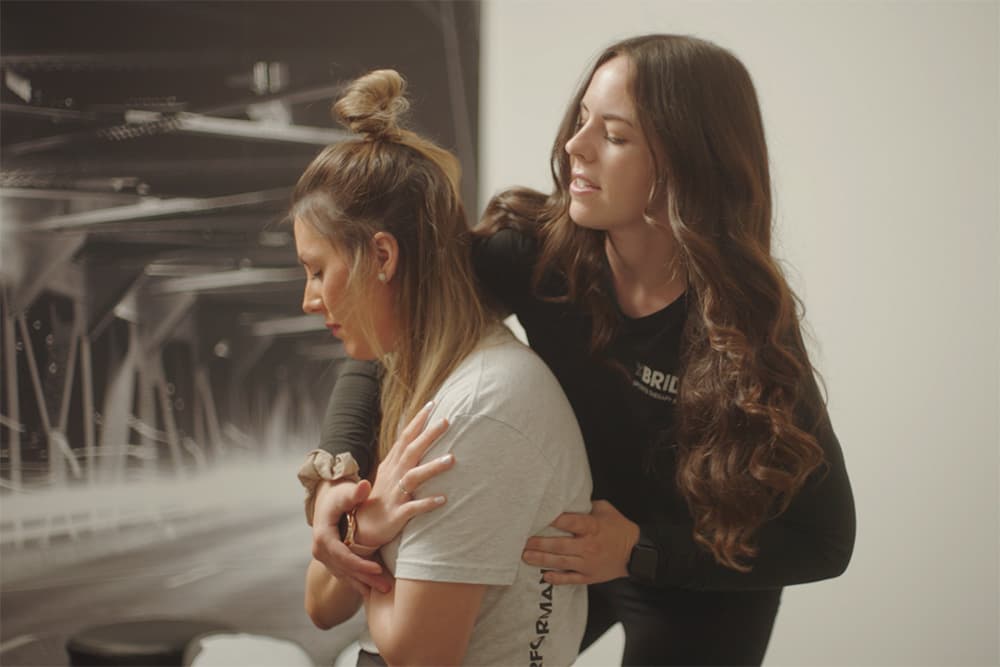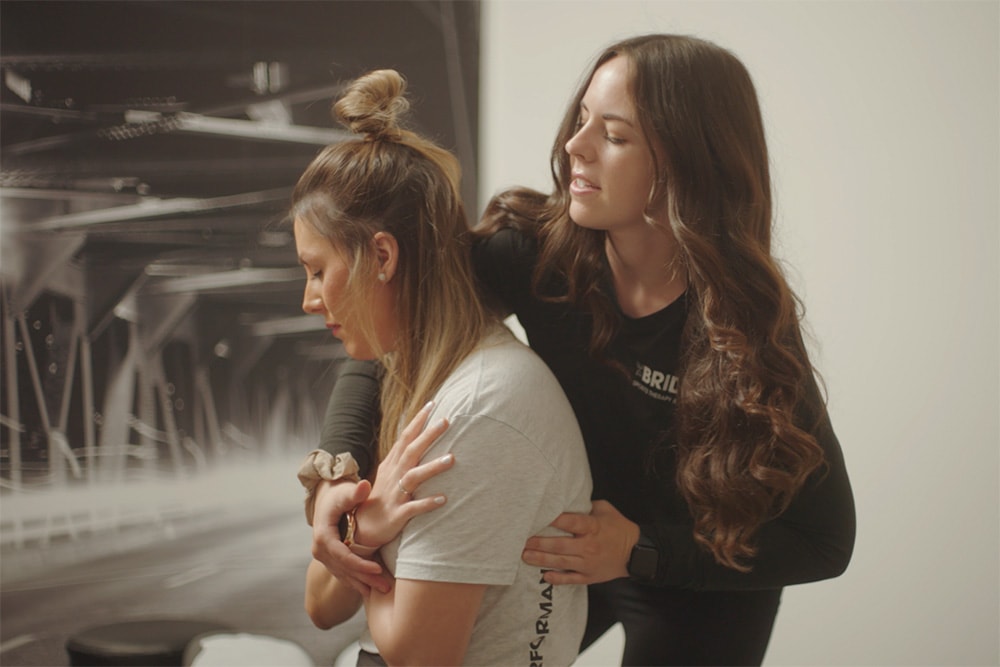How We
Treat
Vestibular rehab is all about getting you back to steady, confident movement. If you’re dealing with dizziness, vertigo, or balance issues, our team uses targeted, evidence-based exercises to help retrain your body’s balance systems. Through customized eye, head, and body movements, we address the root causes of instability so you can move freely and confidently again—whether it’s for daily life or getting back to the sports and activities you love.

Conditions
Our vestibular specialists have advanced training to effectively treat conditions. Using evidence-based techniques, we provide personalized care aimed at restoring balance, reducing symptoms, and helping you regain confidence in daily movement.
Benign Paroxysmal Positional Vertigo (BPPV)
A common inner ear condition that causes brief episodes of dizziness or vertigo, often triggered by changes in head position. It occurs when tiny calcium particles (called otoconia) dislodge and move into the inner ear canals, disrupting balance signals to the brain.
Meniere’s Disease
A chronic inner ear disorder that causes episodes of vertigo, hearing loss, tinnitus (ringing in the ear), and a feeling of fullness in the affected ear. These symptoms result from an imbalance of fluid in the inner ear, which disrupts signals to the brain involved in balance and hearing.
Vestibular Neuritis
An inner ear disorder caused by inflammation of the vestibular nerve, which sends balance signals from the inner ear to the brain. This condition often leads to sudden, intense vertigo, dizziness, balance issues, and sometimes nausea, though hearing is typically unaffected.
Motion Sensitivity
A condition where certain movements—like bending, turning, or riding in a vehicle—trigger dizziness, nausea, imbalance, or disorientation. It occurs when the brain receives conflicting signals from the inner ear, eyes, and body, affecting balance and spatial orientation.

Kickstart Your
Comeback
Our Vestibular
Experts
Find Us.
Get vestibular rehabilitation therapy at any of the following locations.
- Lethbridge
#40, 420-40th Street South
Lethbridge, AB T1J 4Z5- Phone: 1 (403) 635-4480
- Email: lethbridge@thebridge.fit
- Millennium Place
214A 2000 Premier Way
Sherwood Park, AB T8H 2G4- Phone: 1 (780) 464-5915
- Email: mp@thebridge.fit
- Sherwood Park
#109 2055 Premier Way
Sherwood Park, AB T8H 0G2- Phone: 1 (780) 570-0225
- Email: shpk@thebridge.fit
- South Edmonton
1979 - 111 Street NW 2nd Floor
Edmonton, AB T6J 7C6- Phone: 1 (780) 988 9668
- Email: south@thebridge.fit
Details
Infrared video goggles are a powerful tool in assessing and treating vestibular conditions. By capturing detailed, high-resolution footage of eye movements, these goggles help our specialists accurately diagnose issues related to dizziness, vertigo, and balance.
This precise data allows us to tailor vestibular rehab programs that directly target your symptoms, providing effective, targeted care for improved stability and quality of life.


